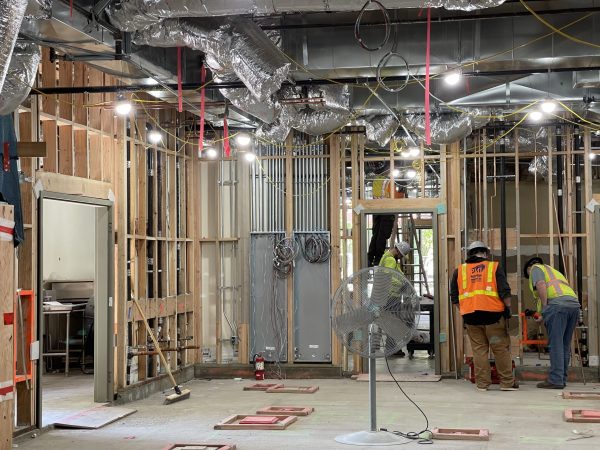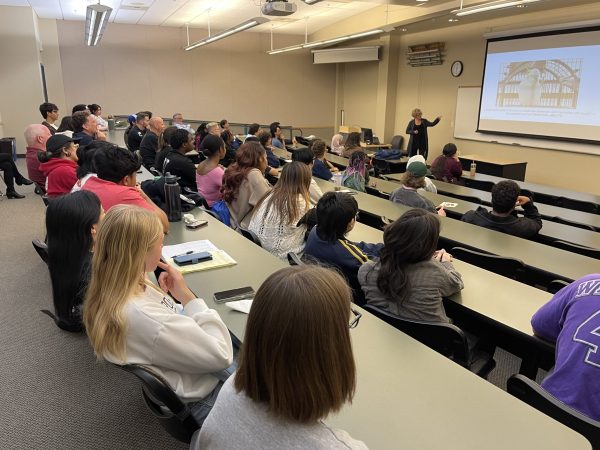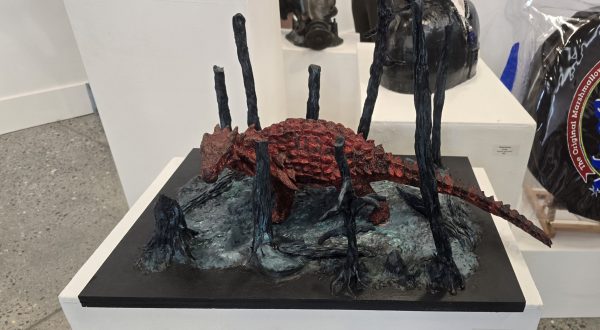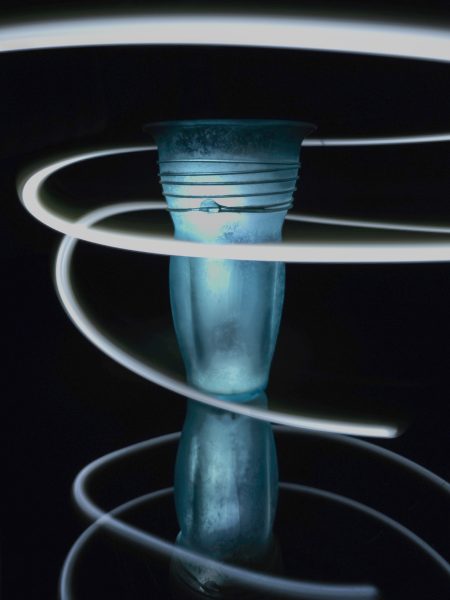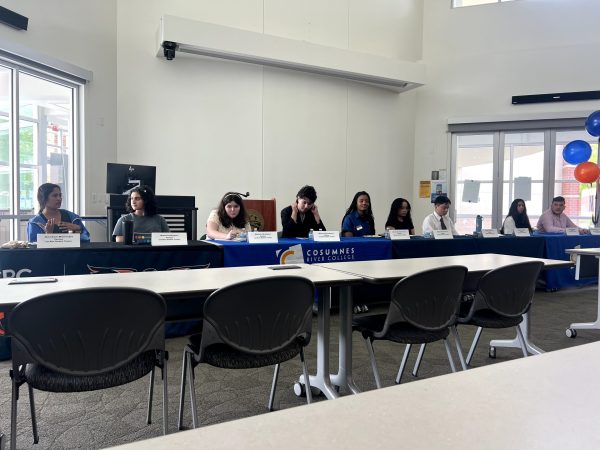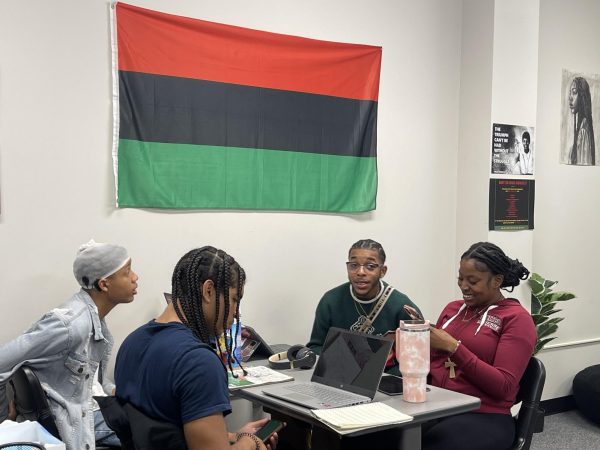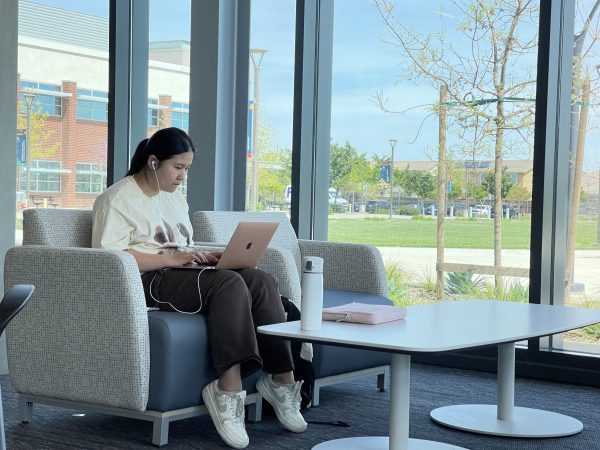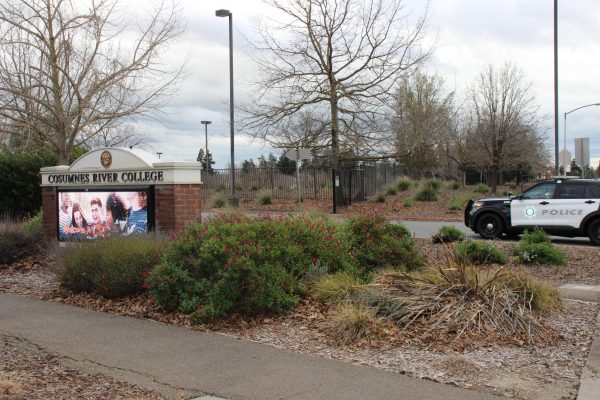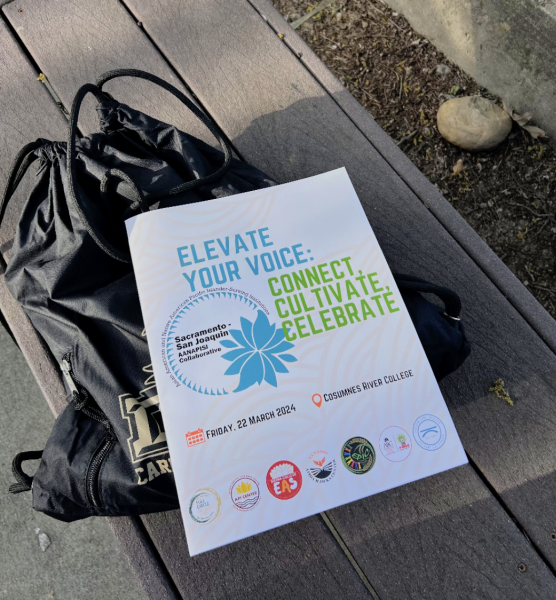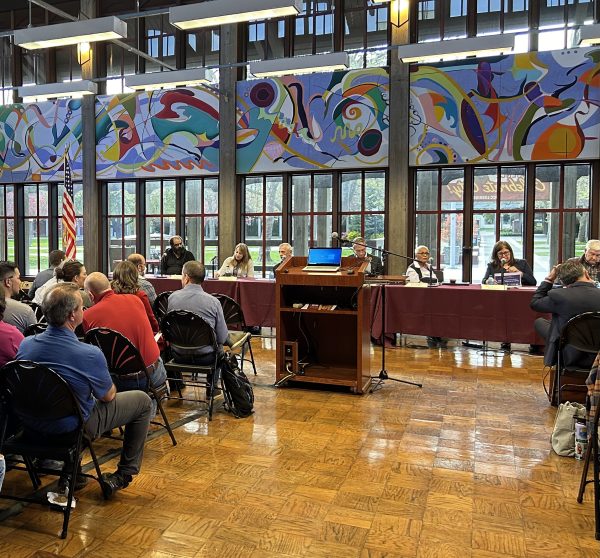Courses for medical fields offered on campus, adapt to new procedures
Although most courses are remote this semester due to COVID-19, the Emergency Medical Technology and Medical Assisting programs will both offer on-campus classes this fall, with many changes and procedures to follow, said Public Information Officer Kristie West.
Emergency Medical Programs Director Matthew McHugh said there will be a day class and a night class to accommodate students with different schedules. McHugh said with enrollment limitations, there are only a combined 34 students split in between the two classes.
“I would say the students are getting an abridged course,” said McHugh. “It will meet the state requirements of the minimum training they need to get their EMT license and certification, but generally we offer a little bit more options.”
McHugh said normally students would have the option to spend extra hours during the week working on skills outside of the normal class hours, but students are only allowed to be on campus during class time.
“They will be limited in on the scene training,” said EMT Instructional Assistant Daniel Clemons. “They are able to do the foundation skills that are needed, but they will not be able to do the additional skills due to social distancing.”
McHugh said the students will get half of the clinical exposure they would usually get because they cannot do shifts at the Kaiser South Sacramento Hospital trauma rooms for coronavirus reasons. The EMT program plans on doing ambulance rides starting in October, McHugh said.
“We’re strongly committed to get the students through the course successfully so they can get licensed,” said McHugh. “We’re hoping that we would be finishing up before Thanksgiving and they could actually be employed by December or January.”
Cori Burns, the medical assisting program director, said she is currently teaching two cohorts: a group of 26 students that are just starting the program who are online, and a group of 20 students who are on-campus to finish up the final part of the program.
“They have to be screened before they come into class, giving them exposure questionnaires, taking their temperatures,” said Burns. “So we’re really making sure that we’re still following all of the public health rules and recommendations for maintaining social distancing as best as we can.”
Burns said there will be two groups of 10, one on Tuesdays and another on Thursdays, that will then be broken up into groups of two.
“The actual things that the students will be doing really won’t change,” said Burns. “There aren’t really any skills or procedures that we’re taking off the table.”
The class is everything a typical medical assistant would do when working in a doctor’s office. They will be giving injections, clinical lab tests such as ear analysis, blood and breathing tests, as well as EKGs (Electrocardiograms), Burns said.
Burns said she has done everything in her power to maintain constant communication through Canvas and email to keep her students active and engaged with one another.
“Just trying to maintain that contact because, in a regular semester, we would be in class for 12 hours a week together,” said Burns. “All of a sudden that’s taken away and you’re cut off from your cohort.”
As the semester goes on, COVID-19 infection rates, air-quality and other events will play a factor in how these on-campus classes adapt.
“You are trying to fight the comfort level of ‘I’m trying to learn,’ but also trying to learn and get your license,” said Clemons. “You push through it and work together as a team.”

